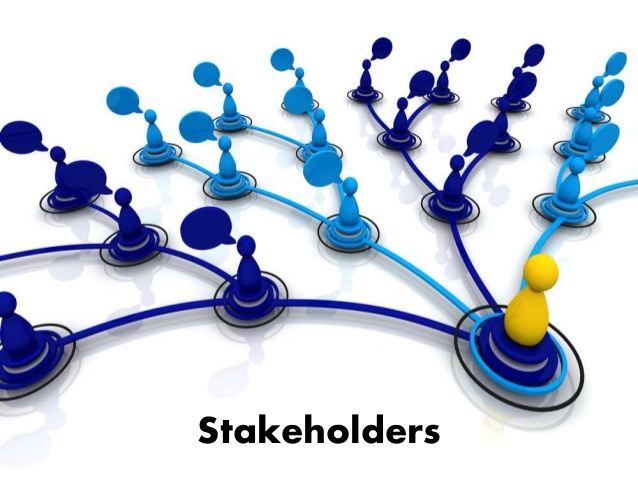In the fast-paced world of business, mergers and acquisitions can herald significant change, intertwining the fates of companies and their employees. Yet, amidst the excitement and anxiety of such transitions, effective communication often becomes the linchpin for success.
How can leaders convey their vision and reassure their teams when uncertainty looms large? The art of communication during these pivotal moments demands not only clarity but also empathy, strategy, and adaptability. It’s a delicate balancing act, where the stakes are high and the implications profound—both for organizational culture and operational continuity.
Understanding the nuances of communication in this context can make all the difference, transforming potential turmoil into a harmonious integration. This article will delve into the essential strategies for navigating the complex landscape of human interaction during mergers and acquisitions, ensuring that messages resonate across every level of the organization.
Understanding the Stakeholders: Who Needs to be Informed?

In the intricate landscape of mergers and acquisitions, understanding the stakeholder ecosystem is crucial for effective communication. At the forefront are employees, who often face uncertainty and anxiety—fear of job loss can loom large, underscoring the need for transparent messaging.
Equally important are shareholders, who demand clarity on how the merger will impact their investments. Regulatory bodies cannot be overlooked; they must be kept in the loop to sidestep legal whirlwinds.
Customers, too, play a pivotal role; their trust and loyalty hinge on how well the transition is navigated. Let’s not forget suppliers and partners, who may need reassurance about ongoing relationships and terms.
In this multifaceted scenario, crafting tailored messages that address the unique concerns of each group is imperative for fostering confidence and maintaining harmony throughout the unfolding changes.
Timing is Everything: Planning Your Communication Timeline

Timing is a critical factor in communicating during a merger or acquisition, where every message can profoundly impact employee morale and stakeholder confidence. Begin by crafting a detailed communication timeline that aligns with key milestones of the merger process, ensuring that updates are not only timely but also contextually relevant.
Early on, establish a foundation of transparency; share the bigger picture and anticipated changes, allowing employees to absorb the significance of the transition. As the merger progresses, maintain a steady flow of information—mixed, of course, with moments of reflection on successes achieved and challenges overcome.
Remember, communication shouldn’t plateau; it should ebb and flow, adapting to the pulse of the organization. Ultimately, a well-timed message can alleviate fears, foster trust, and create a sense of unity in a period often overshadowed by uncertainty.
Monitoring and Responding to Feedback

Monitoring and responding to feedback during a merger or acquisition is not just important; it is essential. As the organization undergoes significant changes, employees naturally harbor questions and concerns that require immediate attention.
Establishing open channels through which staff can voice their thoughts—be it through surveys, focus groups, or informal chats—creates an environment of trust. When feedback is not only gathered but actively acknowledged and acted upon, employees feel valued, reassured, and, crucially, engaged in the transition process.
It is crucial, however, to strike a balance: while some feedback may demand swift action, other input might necessitate a more considered response. This dual approach cultivates a responsive culture, enabling leadership to adapt and evolve strategies in real-time, addressing challenges and opportunities as they arise.
Thus, fostering a continuous dialogue not only smooths the merger process but also enhances overall morale, instilling a sense of ownership in the new collective vision.
Conclusion
In conclusion, effective communication during a merger or acquisition is crucial for fostering trust, ensuring transparency, and facilitating a smooth transition for all stakeholders involved. By prioritizing clear messaging, actively engaging with employees, and addressing concerns proactively, organizations can navigate the complexities of change with greater confidence.
As noted by communication expert Stefan Matthews, the key lies in creating an environment where information flows freely, allowing team members to feel valued and informed. By embracing these principles, companies can not only enhance their chances of a successful merger or acquisition but also cultivate a resilient organizational culture that thrives amidst change.

